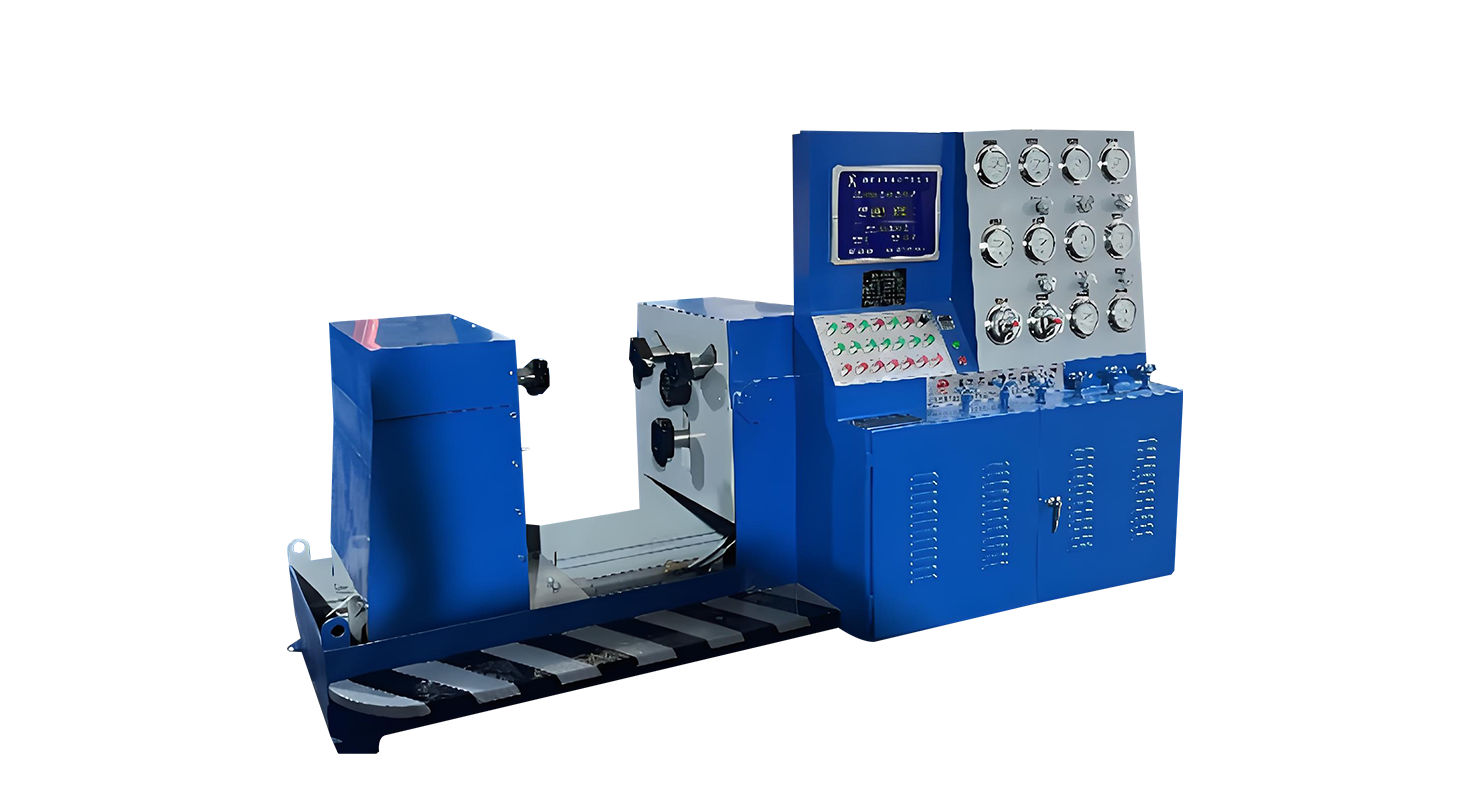Jun 25, 2025
Industrial valves play a critical role in controlling the flow of fluids in various systems, including water, oil, gas, and chemicals. Ensuring that these valves perform reliably under specified pressure conditions is essential for maintaining safety and operational efficiency. One of the key processes in valve quality assurance is testing the pressure limits to verify that the valve can withstand the intended operating pressures without failure or leakage.
A comprehensive valve testing program typically involves multiple types of equipment, including specialized test benches designed for different valve attributes. Among these, the Low-Pressure Valve Test Bench and the Valve Flow Test Bench are common and important tools that assist in evaluating valve performance under various conditions.

Understanding Pressure Limits and Valve Testing
Pressure limits refer to the pressures up to and less pressures that an industrial valve can safely handle during operation. Testing these limits involves subjecting the valve to controlled pressure conditions to observe its behavior, structural integrity, and sealing capabilities. This ensures that the valve will perform safely when installed in a working system.
The pressure testing process generally includes hydrostatic and pneumatic tests. Hydrostatic testing involves filling the valve and connected piping with a liquid (usually water) and increasing the pressure to a set level, while monitoring for leaks or structural issues. Pneumatic testing uses air or another gas under pressure to check for leaks more sensitively, but carries a higher risk due to the compressibility and stored energy in gases.
Low-Pressure Valve Test Bench
The Low-Pressure Valve Test Bench is specifically designed to test valves under lower pressure ranges. These test benches are commonly used for valves that operate in systems where the pressure does not exceed a certain threshold, such as water supply networks, HVAC systems, or low-pressure gas pipelines.
A low-pressure test bench typically consists of a frame to securely hold the valve, pressure sensors, pumps or compressors, and a control panel to regulate and monitor the pressure applied. The test bench allows operators to conduct leakage tests, seat tightness checks, and basic pressure endurance evaluations within the valve's rated pressure range.
Using a low-pressure test bench offers several advantages. It provides a controlled environment for verifying that the valve's sealing surfaces perform adequately and that there are no manufacturing defects causing leakage. Moreover, this testing helps ensure compliance with industry standards that specify the pressure ratings and testing procedures for valves.
Valve Flow Test Bench
Another important piece of equipment is the Valve Flow Test Bench, which assesses how well a valve regulates the flow of fluid through a pipeline. While pressure testing focuses on the valve's ability to withstand stress, flow testing evaluates its hydraulic performance.
The valve flow test bench measures parameters such as flow rate, pressure drop across the valve, and the valve’s response to different opening positions. This testing is crucial for determining whether the valve meets the expected performance criteria in terms of flow control and efficiency.
In a typical valve flow test, water or another fluid is pumped through the valve at varying rates while sensors measure the corresponding pressures and flow characteristics. This data can help engineers understand how the valve will behave in real-world applications and make adjustments if necessary.
Integrating Pressure and Flow Testing
To thoroughly validate a valve's capabilities, many manufacturers and testing facilities combine pressure and flow testing procedures. By using both the Low-Pressure Valve Test Bench and the Valve Flow Test Bench, they can ensure that the valve is not only structurally sound under pressure but also performs effectively in regulating fluid flow.
Combining these tests helps identify issues that may not be apparent in pressure testing alone. For example, a valve might hold pressure without leaking but still cause excessive flow turbulence or pressure drop, impacting system efficiency. Conversely, a valve might perform well in flow tests but fail to meet pressure endurance requirements.
Importance of Regular Valve Testing
Regular testing of industrial valves on appropriate benches helps maintain system reliability and prevent costly failures. Even after installation, valves may require periodic pressure and flow testing as part of maintenance to detect wear, corrosion, or damage.
In many industries, regulatory standards mandate valve testing at various stages, including production, installation, and routine maintenance. Using dedicated test benches tailored for specific valve types and pressure ranges helps meet these requirements effectively.